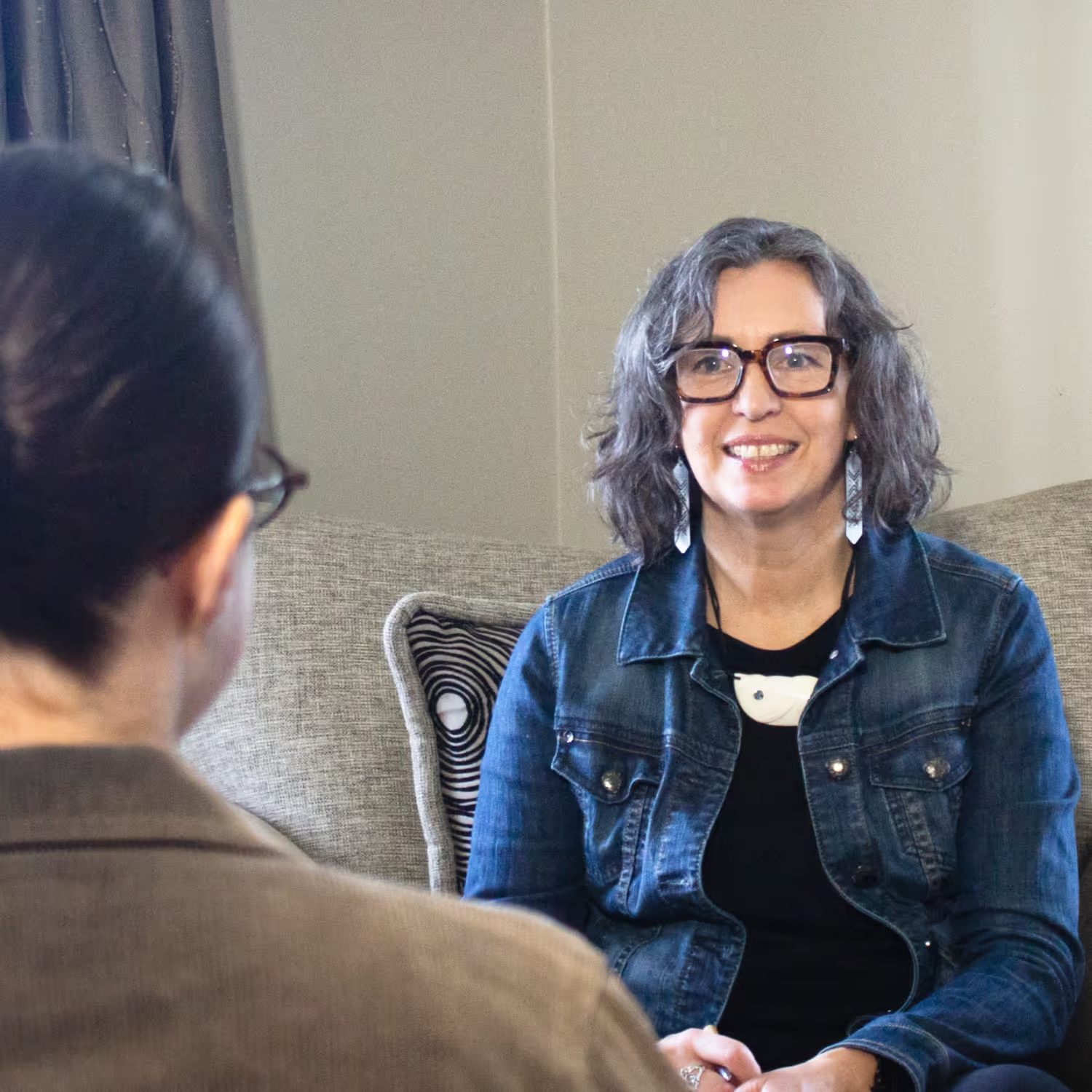Cultural Supervision
Supporting you to consider and apply philosophies, principles and practices from te ao Māori
Facilitating the cultural protection and safety of staff and their clients (Eketone, 2012)
Tōku toa, he toa rangatira.
My bravery is inherited from the chiefs who were my forebears.

Cultural Supervision /Kaitiakitanga ahurea
Cultural supervision, referred to sometimes as Kaupapa Māori supervision (Eruera, 2007) supports you to consider and apply philosophy, principles and practices from te ao Māori (the Māori world) in your mahi / work.
While drawing on a range of models and ideas, I find Ngā Takepū, Tīhei wā Mauri Ora, the Pōwhiri model and a range of pūrākau and whakataukī useful, and I utilise tika, pono and aroha as hoa haere / useful companions.
Cultural supervision sessions are one to one, or roopu / group as required.
Supervision as a roopu can help connect a team, provide opportunities for collaborative learning and shared knowledge, as well as nurture mana, and lead to a shared vision / moemoea.
It is preferable to meet kanohi ki te kanohi (face to face) for cultural supervision, although online may be negotiated.
Why engage in cultural supervision?
1. Supports cultural competence
Helps supervisees draw on and expand their understanding and use of mātauranga and tikanga, leading to more respectful, informed, and culturally competent engagement with clients and colleagues.
2. Improves staff wellbeing and retention
Creates a space for staff to process challenges specific to their cultural identity, which supports emotional wellbeing and reduces burnout - key for retaining team members and nourishing wellbeing.
3. Supports organisational competence
Regular cultural supervision signals a real commitment to biculturalism and diversity. It enhances your organisation’s cultural competence over time and helps you meet obligations under Te Tiriti o Waitangi.
Testimonials



